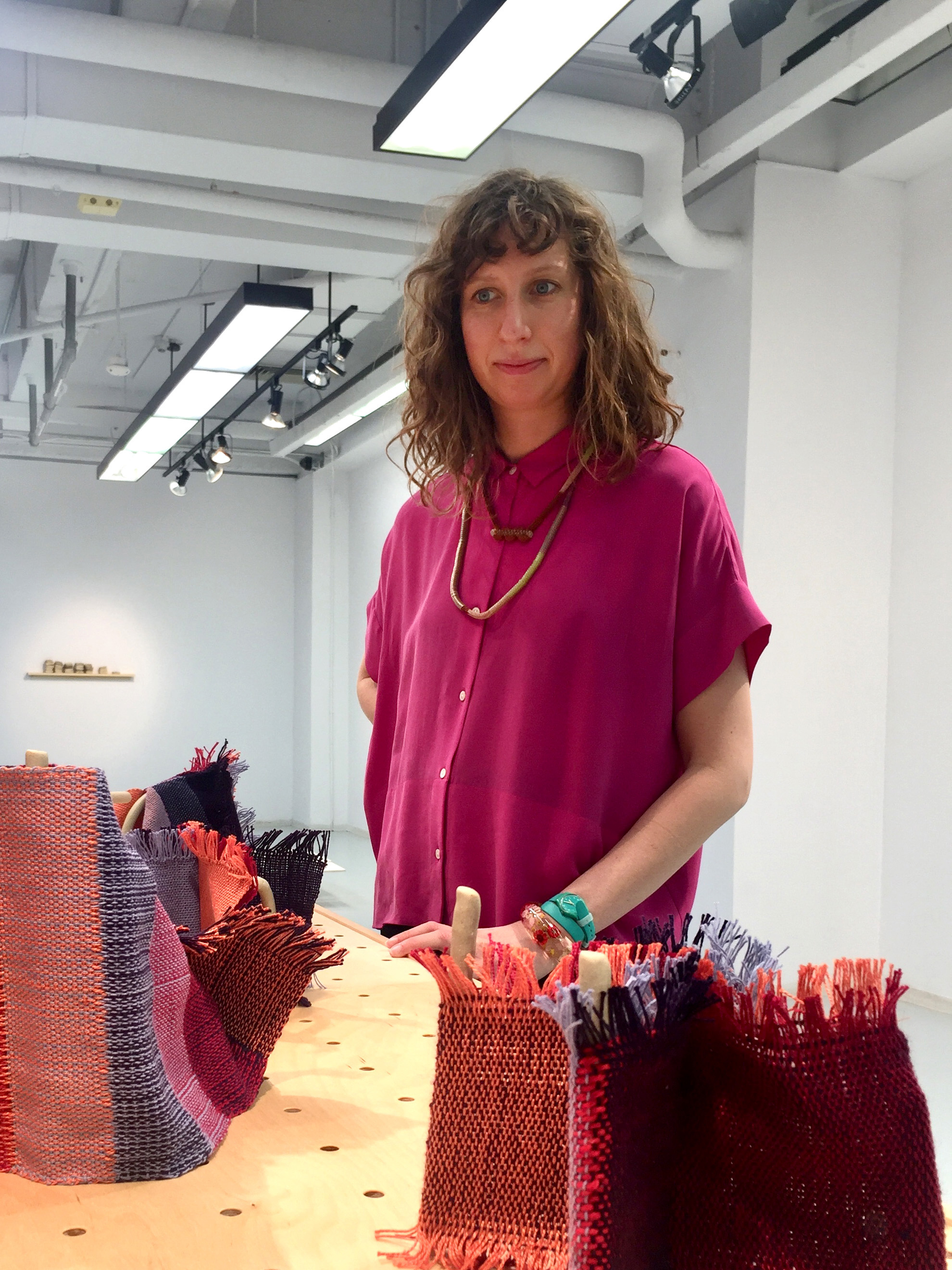Etta Sandry is an artist, educator, and facilitator from the midwestern United States, currently based in Boulder, Colorado. Her material-focused research is rooted in weaving and spans media through sculpture, writing, and installation. Etta completed her MFA in the Fibre & Material Practices program at Concordia University in the spring of 2021. She has exhibited her work in the United States and Canada and was the 2022 Experimental Weaver in Residence at the Unstable Design Lab in Boulder, Colorado. Her work as an educator has recently included positions teaching fibre structures and critical thinking & writing at Concordia. Etta has over ten years of experience working as an organizer and administrator in arts communities. Most recently, this has included roles as a board member at the artist-run centre articule in Montreal and as a volunteer staff in ACRE Residency’s fibre studio in Wisconsin.
My interdisciplinary work is situated in the expanded material practices field between craft, contemporary art, and creative research. Rooted in weaving and textiles, my work investigates the meanings carried by materials: meaning inherent in their construction – as in the fundamental difference between the interlaced gridded threads in a woven cloth and the cycling loop thread of a knit – and meaning prescribed through their entanglements with history, politics, and use. This close look at material offers ways to perceive and grapple with the broader systems and power structures that organize the world. Through sampling and material play, my work is a practice in disrupting patterns and exploring possibility.
With an approach and conceptual framework shaped by fiber practices, I work across sculpture, design, and installation, drawing on various methods and materials as needed or curious. I use the logic embedded in materials to trouble their forms: creating clay threads, drawn textiles, and woven spaces. This process of material translation is a way to problematize and play; to invite mutability into seemingly fixed systems. We can follow the rules, break them, and create new ones to be broken again. Through this transformative play, I am looking at the gap between two categories as a multiplicitous possibility and asking, can weaving be anything but binary? Does “no” oppose “yes”? What emerges from the space in between?
My current studio, community, and academic research explores craft practices as technologies that have historically been overlooked and undervalued as modes of knowledge and technical production. My research focuses specifically on the praxis of material sampling and looks at the textile and craft practices of material testing and swatch making as valuable inquiry-based research methods. Sampling is process work; it is a practice typically used to learn a new technique or is a hidden step along the way to a final product. However, as a cumulative process of material probing, play, and creativity, my research considers sampling as a tool for experimentation and change-making in seemingly fixed systems.
etta.sandry[at]gmail.com
